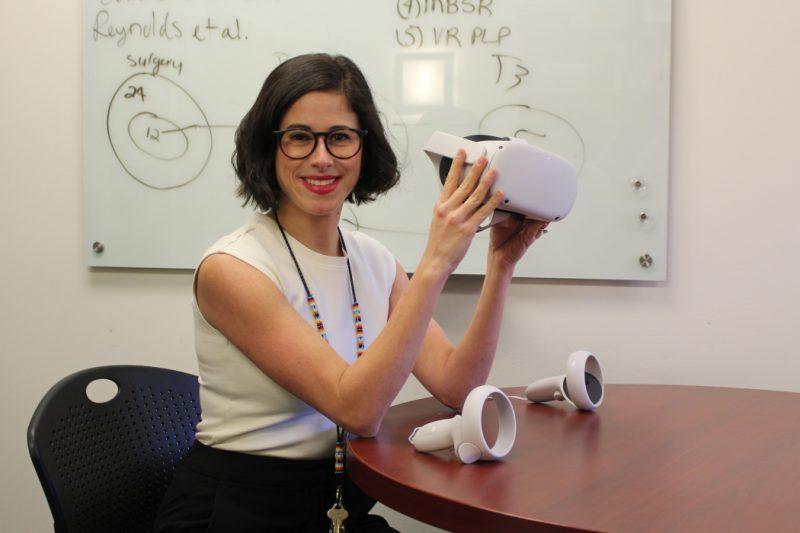
Francisco R. Velázquez, M.D., S.M., FCAP
By Francisco R. Velázquez, M.D., S.M., FCAP
The question, “What is next?” has been at the forefront of all discussions since the first case of COVID-19 was identified in late 2019. It seems surreal that it has been over two years. For many of us, it feels like it has been much longer.
At the beginning, we knew extraordinarily little. Now, the amount of data, scientific research, clinical advances and therapeutics is disproportionate to the length of time. In other words, it usually takes a lot longer to have all the knowledge and tools we currently have. Progress has not been easy, and we should appreciate the work of the many. At the end of the day, we have a microbe that has caused disease, turmoil and death. And those are undeniable facts.
Throughout the pandemic, we have experienced the progression through several variants of the COVID-19 virus, cycling through various letters of the Greek alphabet in the past 12 months with each one having a different level of impact in our community. We saw a rapid increase in cases over the past two months due to the omicron variant, the last variant of concern to make its way here. Now, the number of cases reported daily is finally decreasing, following the trend we have seen throughout the pandemic in which Eastern Washington communities lag a couple of weeks behind the more populated communities of Western Washington.
Although it is promising to see cases falling, we still have some work to do and need some time to stabilize hospital capacity. The impact of the omicron surge has been significant to an already challenged health care environment. In nonpandemic times, hospitalizations generally decrease around the summer months and then increase through the winter with flu season. It was a predictable cycle. But for the past two years, our health care systems have been operating at or near capacity. Recovery will take place, but there is still work to be done.
So, what happens next? Some things we know. For example, given the moderate levels of immunization in the community and the high number of recent infections, there is some protective effect in the short term. We need to continue our vaccination efforts as vaccines and boosters have clearly demonstrated a protective effect thus far, even with the highly transmissible omicron variants. The three-prong approach to decreasing potential disease transmission using testing, vaccines and public health measures will still play a critical role as we go forward.
As we move toward spring, how testing, vaccines and public health measures are applied will change proportionally to the overall improvement in disease metrics, barring the appearance of a new variant with a higher clinical impact. The thought of moving to more of an endemic approach is top of mind for most of us. Just to be clear, let us look at the difference between these terms. In general, an epidemic is a disease that affects many people within a community, population or region. In the initial stages of COVID-19 when the disease was limited to a province in China, it was an epidemic. Pandemics have a passport, meaning they travel and spread over many countries or continents. COVID-19 is truly a global pandemic. The Centers for Disease Control and Prevention has defined the term endemic as “the constant presence and/or usual prevalence of a disease or infectious agent in a population within a geographic area.”
One of the misconceptions of endemic is that it means the infection or disease is milder. Endemic does not imply a lack of morbidity or even mortality. It means a more predictable and potentially manageable presence. Think about the flu, which causes as many as 50,000 deaths a year. Also remember that endemic has a geographical connotation; what is endemic in the United States may or may not be endemic in other parts of the world. Chickenpox is seen at predictable rates in school age children in the U.S., while malaria is endemic in parts of Africa. Remember that communicable diseases can arise anywhere in the world as we have seen with the many variants. It’s the reason why we track and follow happenings elsewhere.
We have come a long way, and there is light at the end of the tunnel. If we remain vigilant by continuing to gather data and research as the virus evolves and diligent with public health measures, vaccines and testing to manage the virus, we will make it on the other side of this tunnel into the brighter, more normal, light.
Francisco R. Velázquez, M.D., S.M., FCAP, is the Spokane Regional Health District health officer.
A virus in transition, what happens next? - The Spokesman Review
Read More

No comments:
Post a Comment